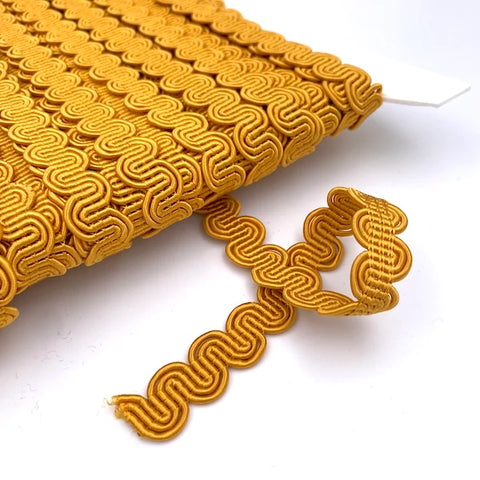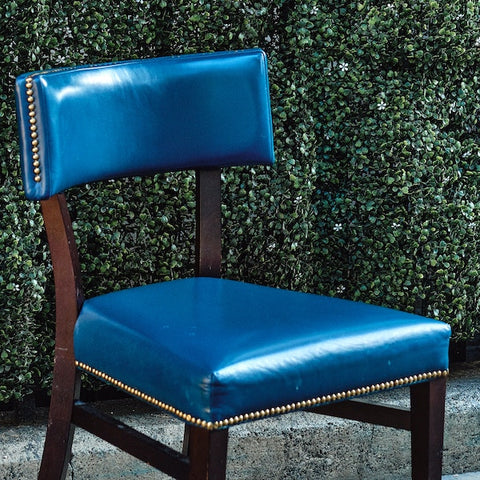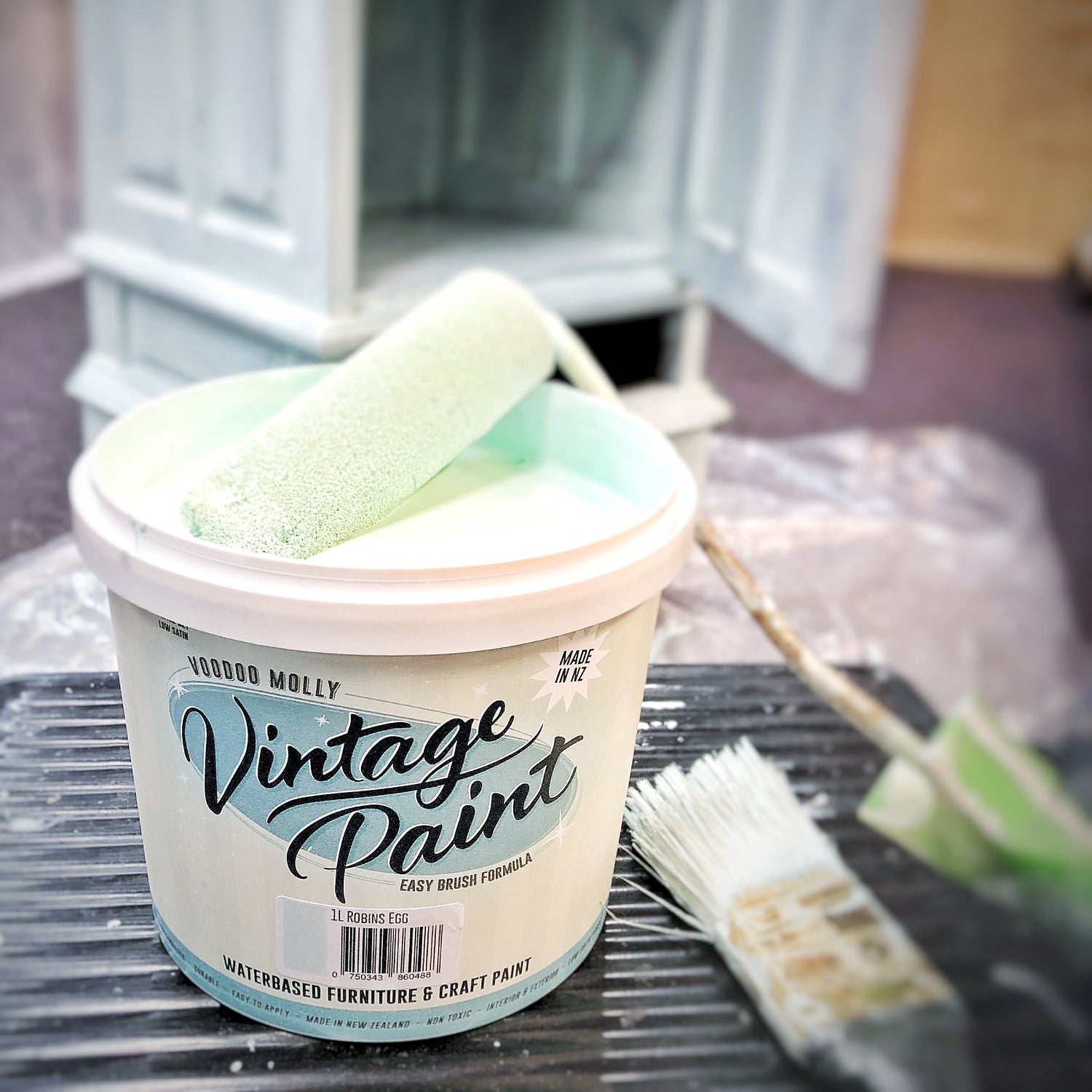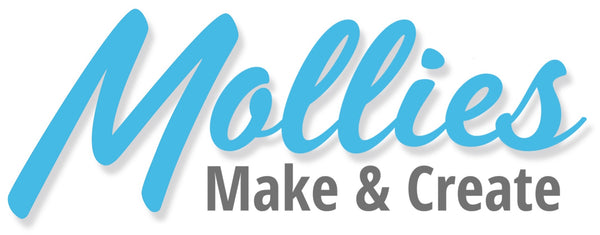When it comes to upholstering furniture, one of the challenges is hiding the staples or tacks that hold the fabric in place on furniture with an exposed wooden frame. While staples or tacks are necessary to ensure that the fabric stays in place, they can be unsightly and detract from the overall appearance of the piece. Luckily, there are several methods for hiding staples or tacks that can help give your furniture a more polished look.
Gimp Braid
One method for hiding staples or tacks is to use a decorative trim called gimp braid. This trim is a narrow band of woven ribbon that is often used to add a finishing touch to upholstery projects. To use gimp trim to hide staples or tacks, simply attach the trim over the staples or tacks with fabric glue, hot glue, or gimp pins. The trim will not only cover the staples or tacks but will also add a decorative element to the piece.

Nailhead Trim
Another methods for hiding staples or tacks is to use a decorative nailhead trim. A nailhead trim is a strip of decorative nails that is often used to add a finishing touch to upholstery projects. To use a nailhead trim to hide staples or tacks, simply attach the trim over the staples or tacks with a hammer. The trim will cover the staples or tacks and add a decorative element to the piece. If you are brave enough, use single chair nails and customise the spacing. A nail setter tool is very helpful for this too.

Double Welt
Double welt trim, also known as double piping, is a popular choice for adding a polished finish to upholstery projects. This trim consists of a strip of fabric wrapped around two rows of piping, with a stitch line between them. The cord adds depth and definition to the trim, making it stand out from the surrounding fabric. Double welt trim can be used to cover raw edges and seams, creating a professional and finished look. It can also be used as a decorative accent, adding contrast or complementing the fabric of the upholstered piece.



